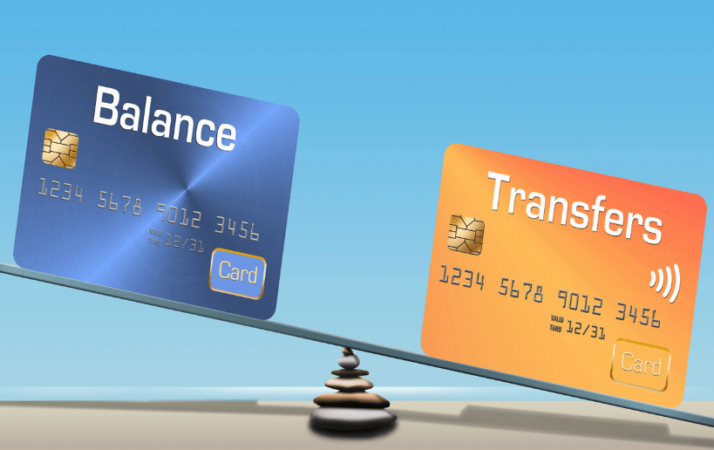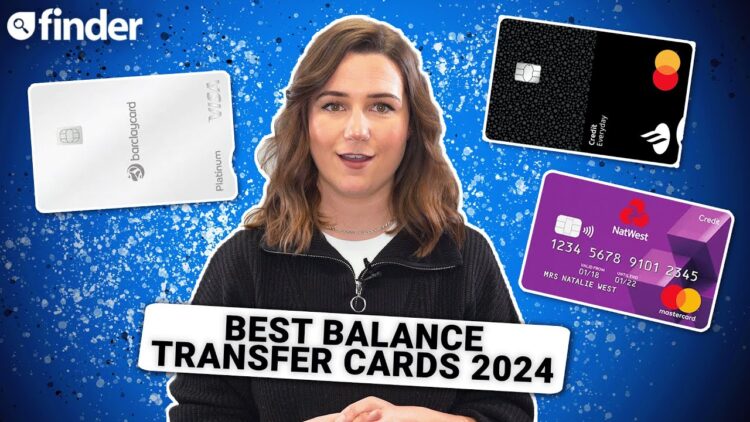
The balance transfer credit card business thrives on offering a solution to a common financial dilemma: high-interest debt. These cards provide a lifeline for individuals seeking to consolidate existing credit card debt and potentially save on interest payments. By transferring balances from high-APR cards to cards with lower introductory rates, consumers can gain breathing room and potentially reduce their overall debt burden. However, understanding the intricacies of balance transfer cards is crucial to harnessing their benefits and avoiding potential pitfalls.
The process of transferring balances is relatively straightforward. Consumers typically apply for a balance transfer card, and once approved, they can transfer existing balances from other cards to their new account. Balance transfer offers often come with introductory APRs that are significantly lower than standard rates, typically lasting for a set period of time. This period allows individuals to make substantial payments towards their debt without incurring exorbitant interest charges. However, it’s essential to note that transfer fees and balance transfer penalties might apply, which can impact the overall savings realized.
Introduction to Balance Transfer Credit Cards
Balance transfer credit cards are a type of credit card designed to help consumers consolidate high-interest debt from other credit cards into a single account with a lower interest rate. These cards offer a temporary promotional period, typically for a limited time, during which you can transfer balances from other cards without incurring interest charges.
This strategy can be beneficial for individuals looking to save money on interest payments and reduce their overall debt burden. For instance, imagine you have several credit cards with balances totaling $10,000, and each card carries an interest rate of 18%. By transferring these balances to a balance transfer card with a 0% introductory APR for 18 months, you could save thousands of dollars in interest charges while you focus on paying down the debt.
Features and Benefits of Balance Transfer Credit Cards
Balance transfer credit cards offer a range of features and benefits that can make them a valuable tool for debt management. Here are some key advantages:
- Lower Interest Rates: The primary benefit of balance transfer cards is the opportunity to transfer high-interest debt to a lower interest rate. This can significantly reduce the amount of interest you pay over time.
- Introductory 0% APR: Many balance transfer cards offer a promotional period with 0% APR, meaning you won’t accrue any interest charges on the transferred balance during that period. This provides a valuable window to pay down your debt without incurring interest.
- Balance Transfer Fees: While most balance transfer cards offer 0% APR, they typically charge a balance transfer fee, usually a percentage of the transferred amount. This fee is a consideration when deciding if a balance transfer is worthwhile.
- Reward Programs: Some balance transfer cards offer rewards programs, such as cash back or points, which can further incentivize using the card for everyday purchases.
- Flexible Payment Options: Balance transfer cards often offer flexible payment options, such as minimum payments or the ability to make larger payments to accelerate debt repayment.
It’s crucial to note that balance transfer credit cards are not a quick fix for debt problems. While they can be a helpful tool for debt consolidation and saving on interest, it’s essential to use them responsibly and create a realistic plan for paying down the transferred balance before the promotional period ends.
How Balance Transfer Credit Cards Work
Balance transfer credit cards allow you to move existing debt from other credit cards to a new card, potentially saving money on interest charges. This process involves transferring the outstanding balance from your old card to the new one, often at a lower interest rate.
Introductory APRs and Their Duration
Introductory APRs are special interest rates offered for a limited time on balance transfers. They are typically much lower than the standard APR on the card, making them attractive for debt consolidation.
- The introductory period can range from 6 to 18 months, depending on the card issuer.
- After the introductory period expires, the interest rate will revert to the standard APR, which can be significantly higher.
Fees Associated with Balance Transfers
While balance transfer credit cards can be beneficial, they often come with fees.
- Transfer Fee: This is a percentage of the balance transferred, typically ranging from 3% to 5%. For example, a $10,000 balance transfer with a 3% fee would cost $300.
- Balance Transfer Penalty: Some cards charge a penalty if you make a late payment on your balance transfer, or if you exceed your credit limit.
Risks and Considerations of Balance Transfer Credit Cards

While balance transfer cards offer an attractive way to consolidate debt and potentially save money on interest, it’s crucial to understand the potential drawbacks and carefully consider the terms and conditions before making a decision.
Potential Drawbacks of Balance Transfer Cards
Balance transfer cards can be a useful tool for debt management, but relying solely on them can lead to unforeseen consequences. Here are some potential drawbacks:
- High Balance Transfer Fees: Balance transfer cards often come with a fee, typically a percentage of the transferred balance. These fees can add up quickly, negating some of the potential savings from lower interest rates.
- Limited Time Periods for Low Interest Rates: The introductory low interest rates on balance transfer cards are usually temporary, lasting for a specific period, typically 6 to 18 months. After this period, the interest rate reverts to the card’s standard rate, which can be significantly higher. If you haven’t paid off the balance before the introductory period ends, you’ll start accruing interest at the higher rate.
- Impact on Credit Score: Applying for a balance transfer card can result in a hard inquiry on your credit report, which can temporarily lower your credit score. If you apply for multiple cards within a short period, the impact on your score can be more significant.
- Potential for Overspending: The convenience of a balance transfer card can lead to overspending if you’re not careful. If you use the card for new purchases after transferring your balance, you’ll be accruing interest on those purchases as well, potentially negating the benefits of the lower interest rate.
Alternatives to Balance Transfer Credit Cards

While balance transfer credit cards can be a helpful tool for managing credit card debt, they are not the only option available. Several other strategies can help you pay down your debt more effectively, depending on your financial situation and goals.
Exploring alternative strategies for managing credit card debt can help you make a well-informed decision about the best approach for your unique circumstances.
Debt Consolidation Loans
Debt consolidation loans allow you to combine multiple debts, such as credit card balances, into a single loan with a lower interest rate. This can simplify your monthly payments and potentially save you money on interest charges.
Here are some advantages and disadvantages of debt consolidation loans:
- Advantages:
- Lower interest rates can lead to significant savings on interest charges over time.
- Simplified monthly payments with a single loan instead of multiple credit card bills.
- Potentially improved credit score if you make timely payments.
- Disadvantages:
- May not be available to borrowers with poor credit.
- Higher interest rates than some balance transfer credit cards.
- May require a longer repayment term, which could lead to higher total interest paid.
Balance Transfer Services, Balance transfer credit card business
Balance transfer services, offered by companies like TransferWise or Wise, allow you to transfer credit card balances to a new account, often with a lower interest rate. These services can help you save money on interest charges and simplify your debt management.
Here are some advantages and disadvantages of balance transfer services:
- Advantages:
- Lower interest rates compared to your existing credit cards.
- Potential for significant savings on interest charges.
- Convenient way to consolidate multiple debts.
- Disadvantages:
- May have fees associated with transferring balances.
- Interest rates may be temporary and increase after a certain period.
- May not be suitable for everyone, especially those with poor credit.
Final Thoughts: Balance Transfer Credit Card Business

Navigating the world of balance transfer credit cards requires careful consideration and a strategic approach. While these cards can offer a powerful tool for debt management, they are not a magic bullet. Understanding the terms and conditions, evaluating the risks, and choosing the right card based on individual circumstances are crucial steps in maximizing the benefits of balance transfer offers. By employing responsible financial practices and adhering to a well-defined repayment plan, individuals can leverage the power of balance transfer cards to achieve their debt reduction goals and improve their overall financial well-being.
Essential Questionnaire
What are the eligibility requirements for balance transfer credit cards?
Eligibility requirements vary depending on the issuer, but generally include factors like credit score, credit history, income, and debt-to-income ratio. It’s essential to check the specific requirements of each card before applying.
How long do introductory APRs typically last on balance transfer cards?
Introductory APR periods can range from a few months to 18 months or even longer. The exact duration is determined by the card issuer and is clearly stated in the terms and conditions. It’s crucial to understand the duration of the introductory period to plan for the transition to the standard APR.
What are some strategies for managing credit card balances responsibly when using balance transfer cards?
To avoid accruing additional debt, focus on paying more than the minimum payment each month, prioritize paying down the transferred balances, and avoid making new purchases on the balance transfer card during the introductory period.





